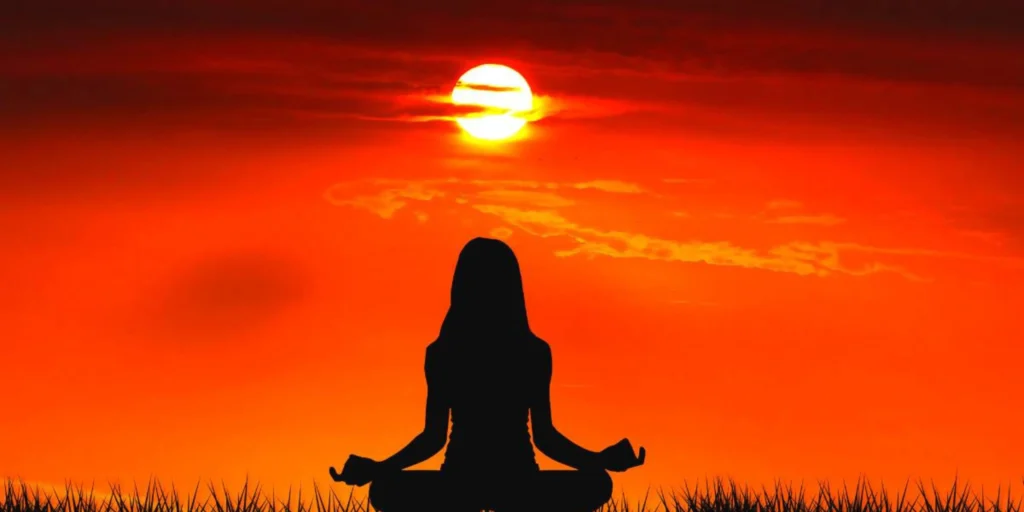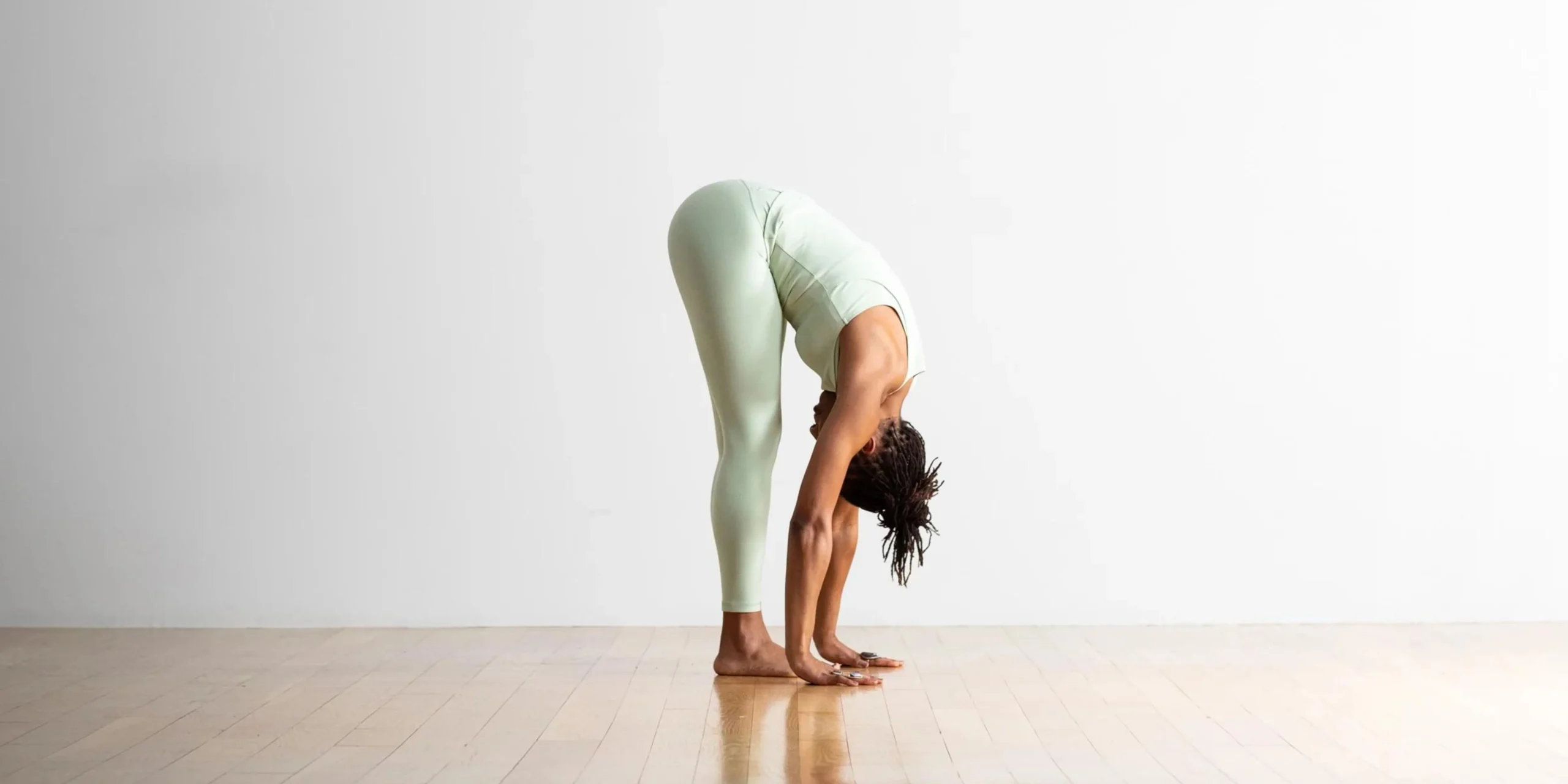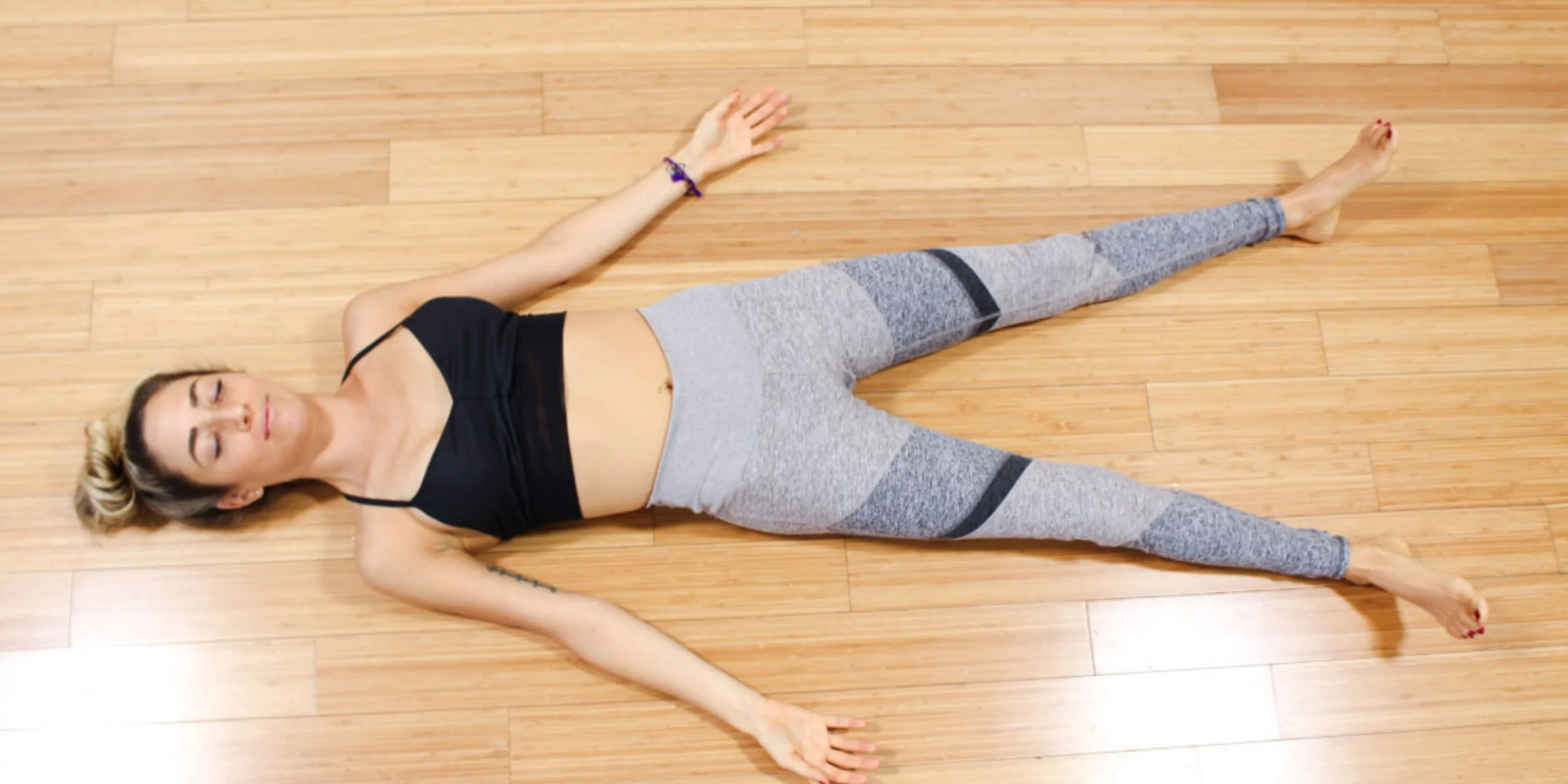
In the hustle and bustle of our daily lives, finding moments of tranquility can feel like an impossible task. That’s where meditation and its methods come in, offering a simple yet powerful way to tap into inner peace. In this guide, we’ll explore the best asana for meditation and its methods, making it accessible for beginners those eager to embark on a journey of self-discovery.
Meditation and Its Methods
Meditation is not for monks in secluded monasteries, it’s a practice for everyone seeking a calmer mind. The essence of meditation and its methods lies in training the mind to focus and find stillness. No need for special equipment or elaborate rituals – all that’s required is a commitment to setting aside time for yourself.
Basic Meditation Techniques
- Mindfulness Meditation: Sit comfortably, close your eyes, and bring your attention to your breath. This cornerstone of meditation and its methods involves observing each inhale and exhale without judgment.Gently bring your thoughts back to your breathing when they stray.
- Guided Meditation: Utilize recordings or apps that lead you through calming scenarios, such as a tranquil beach or a serene forest. Follow the instructions, allowing your mind to relax and be present in the moment.
- Mantra Meditation: Repeat a chosen word or phrase silently or aloud. This integral part of meditation and its methods helps focus the mind and create a sense of calm. Common mantras include “Om” or affirmations like “I am at peace.”
Meditative Methods for a Still Mind
Now, let’s delve into specific meditative methods to enhance your practice:
- Body Scan Meditation: Start from your toes and work your way up, paying attention to each part of your body. This method is fantastic for promoting relaxation and mindfulness.
- Loving-Kindness Meditation: Think kind and constructive ideas for both yourself and other people.This method fosters feelings of love and connection.
- Transcendental Meditation: Use a specific mantra assigned to you. Repeat it silently, allowing your mind to transcend ordinary thought and access a deep state of restful awareness.
Exploring the World of Meditative Asanas
Meditative asanas, or yoga poses, are designed to prepare the body for stillness and promote a sense of inner peace. Unlike intense physical poses, these gentle postures focus on alignment, breath, and a mindful connection with the present moment. Incorporating meditative asanas into your routine can be a powerful way to unwind, destress, and reconnect with yourself.
Detailed Exploration of Meditative Asanas:
Sukhasana (Easy Pose):
- Sit cross-legged on the floor with your spine straight.
- Rest your hands on your knees, palms facing up or down.
- Shut your eyes and pay attention to your breathing.
- Sukhasana is an ideal starting point, promoting a grounded and centered feeling.

Padmasana (Lotus Pose):
- Cross your legs with each foot resting on the opposite thigh.
- Keep your spine straight and place your hands on your knees or in a mudra.
- Padmasana is a classic meditative pose, known for enhancing concentration and promoting a sense of tranquility.

Vajrasana (Thunderbolt Pose):
- Kneel on the mat with your buttocks resting on your heels.
- Keep your back straight and place your hands on your thighs.
- Vajrasana aids digestion and is a comfortable posture for extended periods of meditation.

Balasana (Child's Pose):
- Kneel on the mat, sit back on your heels, and extend your arms forward.
- Rest your forehead on the mat and breathe deeply.
- Balasana is a gentle stretch that releases tension in the back and shoulders, making it an excellent prelude to meditation.

Tadasana (Mountain Pose):
- Stand tall with your feet hip-width apart.
- Engage your thighs, lift your chest, and extend your arms alongside your body.
- Tadasana provides a sense of grounding, aligning the body and mind.

Uttanasana (Standing Forward Bend)
- Stand with your feet hip-width apart, exhale, and bend forward from your hips.
- Allow your head to hang and grasp your elbows with your hands.
- Uttanasana calms the mind, relieves stress, and stretches the spine.

Shavasana (Corpse Pose):
- With your arms by your sides and your palms facing up, lie on your back with your legs extended.
- Shut your eyes, take a deep breath, and release any stress.
- Shavasana is a relaxation pose that promotes deep rest and rejuvenation.

Conclusion
Embarking on the path of best asana for meditation and its methods doesn’t require a major life overhaul. Begin with small, consistent steps, and witness the transformative power of this practice. By integrating the best asana for meditation and its methods into your routine, you’ll discover a reliable source of inner peace, even amid life’s chaos. Remember, it’s not about perfection but about the journey towards a more centered and serene version of yourself. Happy meditating!








